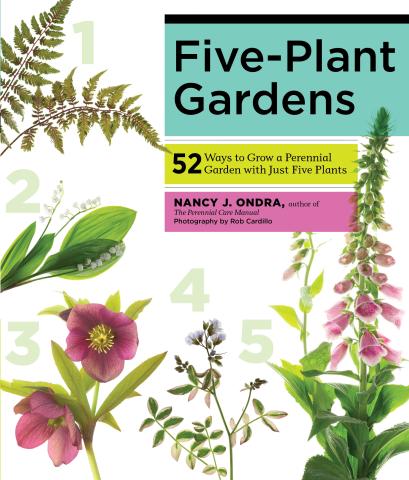
Ready for Gardening
by Jillian Ocken
The crocuses are just about done blooming, the Daffodils are getting started, and my brain has fully entered gardening mode. It’s too bad the weather hasn’t caught up with me yet!
I’m especially excited for spring this year because two family members are asking me for ideas on their own landscaping projects. I’m no expert, but I enjoy the creativity of starting a new garden—and I love plants!
My first instinct when starting a gardening project is to visit every garden center in a 100-mile radius to pick out plants, but that doesn’t work this early in the season. (It’s also probably not the most thoughtful way to approach landscape design!) So instead, I started browsing the internet for ideas. I was immediately overloaded with million-dollar gardens, tropical paradise’s that wouldn’t survive half of the year in Iowa, and great-looking teasers that lead to plans you have to pay for. Finally, I went where I should have begun: the Library!
I picked out several books on gardening, limiting my pile by considering what would work well for these specific projects. One of the projects is the re-landscaping of my sister-in-law’s backyard. It used to be shaded by several mature trees, but the Derecho left them just two standing. She has a plan for a stone path leading to a “fairy garden” for her young daughters, and a gazebo area for the grownups to enjoy.
For inspiration on the fairy garden, I picked up Molly Dannenmaier’s “A Child’s Garden.” I skipped over the parts about water features and play structures (pausing to drool over an awesome pirate ship fort) and found a section about creating refuges and hideaways—perfect for a hidden fairy glen! I took copious notes on plants that are especially interesting to children, like Money plant with its papery seed cases that look like thin coins. Photos of finished gardens gave me even more ideas for plant pairings.
Even though most of the trees are gone, I think my sister-in-law still wants a forest getaway, so I picked up “Designing and Planting a Woodland Garden” by Keith Wiley. The book highlights many types of woodlands, illustrating them with beautiful color photos. I was able to pinpoint some styles that might work for the gazebo area and blend well with fairy glen. I also sticky-noted a ton of plants to look for in our area.
The other project I’ve been enlisted for is a newly-built house. We want low-maintenance foundation plantings on the front and sides of the house. I picked out “Five-Plant Gardens: 52 Ways to Grow a Perennial Garden with Just Five Plants” by Nancy J. Ondra, hoping for some easy plans. It did not disappoint. The book lays out some shapes and patterns that can be repeated throughout your garden. Then it gets down to business with specific plans composed of just five plants each, grouped and laid out in pleasing designs. Plans are organized by sun or shade needs, color schemes, and special characteristics like hummingbird attraction, salt tolerance, or suitability for slopes. The book gives photos and details for each plant along with alternatives. It even describes how the garden will change through the seasons. I might just have to add this title to my personal library for easy reference!
We see the backyard as a place to try out interesting plants and grow vegetables. I’ve notices that an nearby evergreen is a popular hangout for birds, so I’d like to support them with plants that provide food, shelter, and nesting materials. Luckily, this month’s EcoChat at the Library should be helpful. The April 28 event will cover birds, bees, and pollinators, including bird-friendly communities. Perfect!
Even though I work at the Library, I’m constantly amazed at how well it connects me to just what I need. I’ve only scratched the surface, and I’m already on my way to some great garden designs. And then, the garden centers!